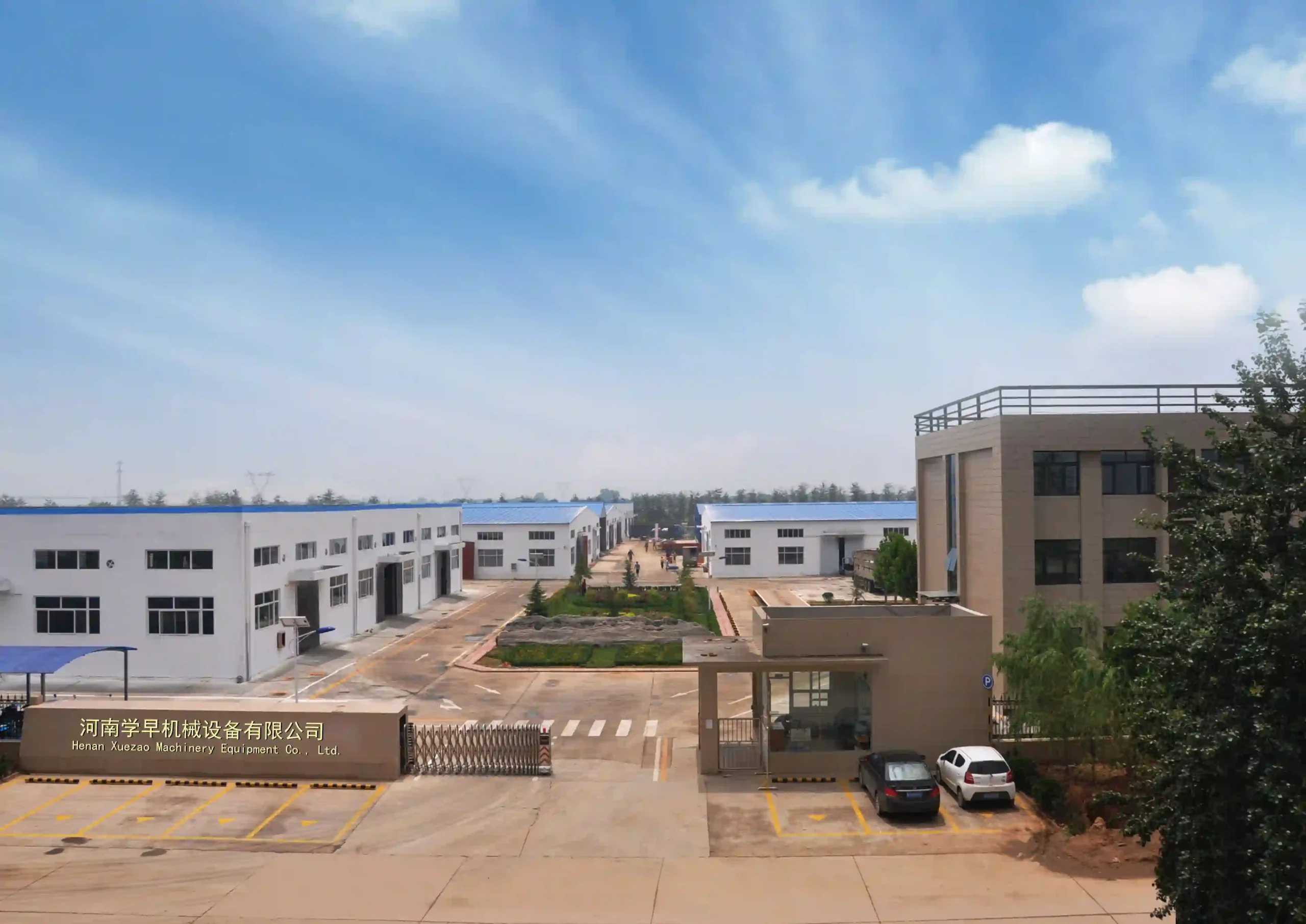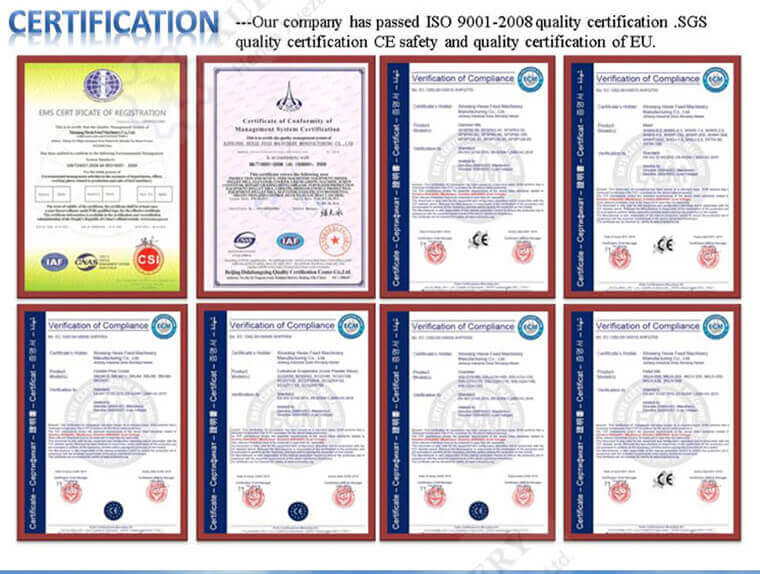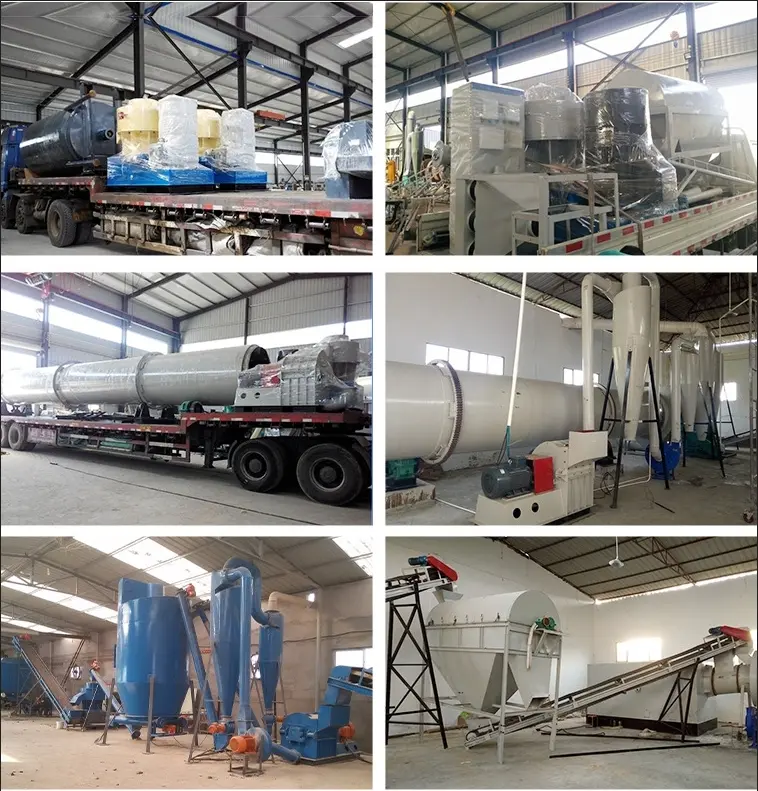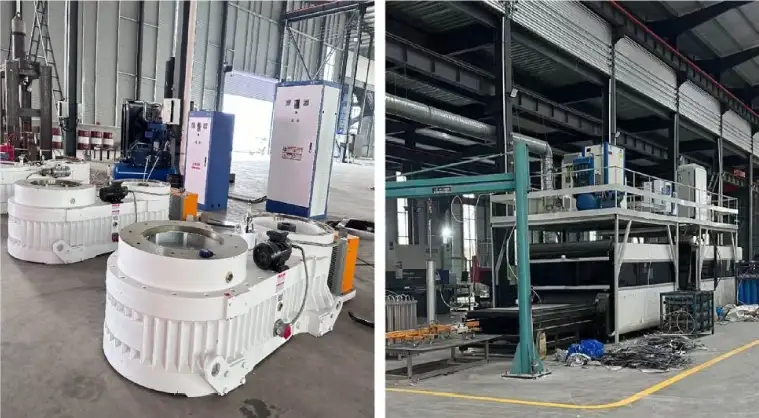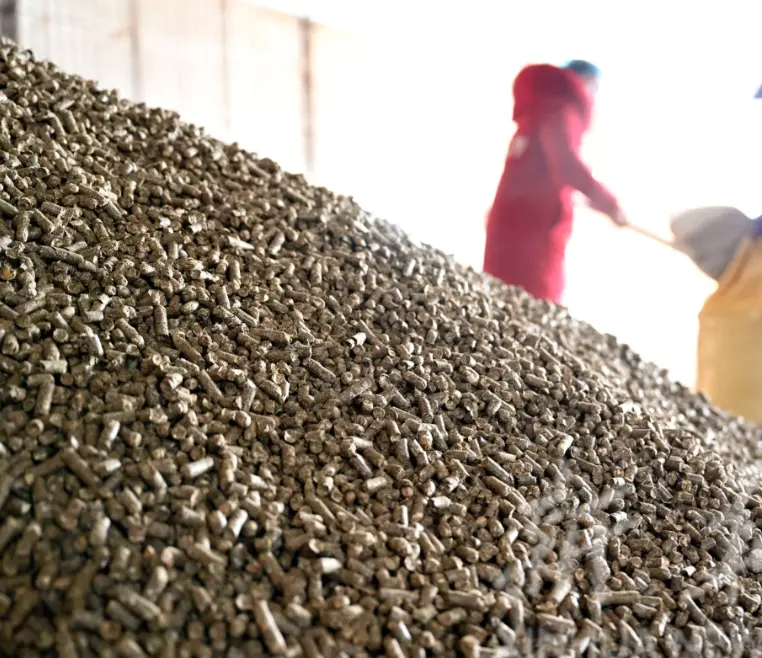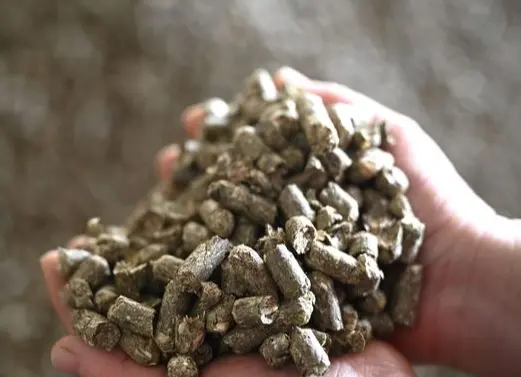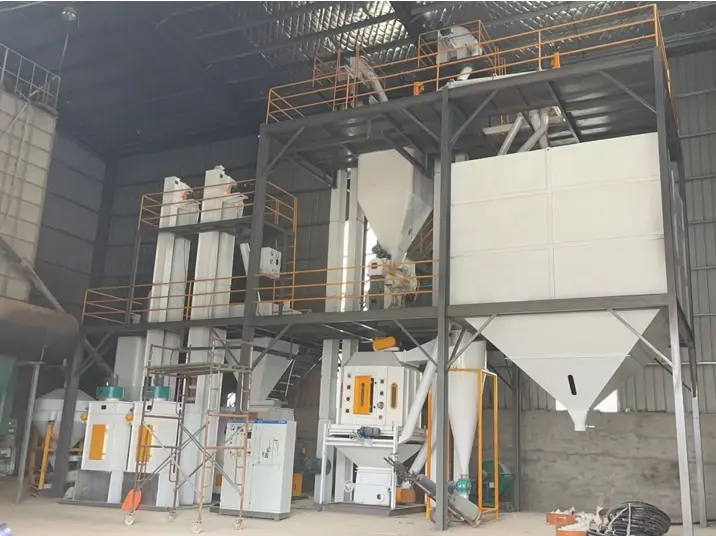
Bagasse-pellet-machine Bagasse, the residual fibrous material post-sugarcane juice extraction, poses a significant challenge in disposal due to its abundance in the sugar industry. The presence of unburnt bagasse leads to issues with fly ash disposal. However, converting this waste into useful resources presents a solution. Bagasse, with its low moisture content, serves as an excellent raw material for producing pellets, offering high energy content and quality combustion.


Comparison between Bagasse and Bagasse Pellets
| Material | Ash Content | Average Density | Moisture Content | Calorific Value |
| Bagasse | 2% – 2.31% | 1-1.4g/ cm3 | 8% -13% | 3.88MJ/kg-4.22MJ/kg |
| Bagasse pellet | 0.49%-1.5% | 1-1.4g/ cm3 | 7.64% -8% | 4.5MJ/kg-18 MJ/kg |
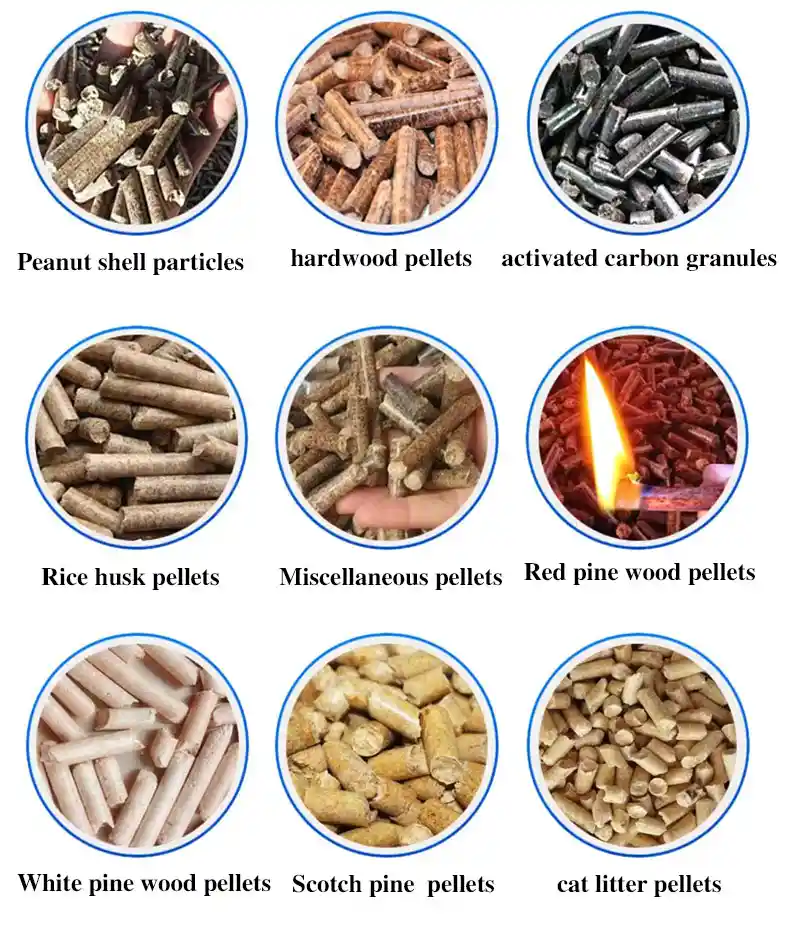
Depending on the production volume, the following two different pellet making machines can be used: Ring die pellet machine and flat die pellet machine.
Ring die pellet machine:
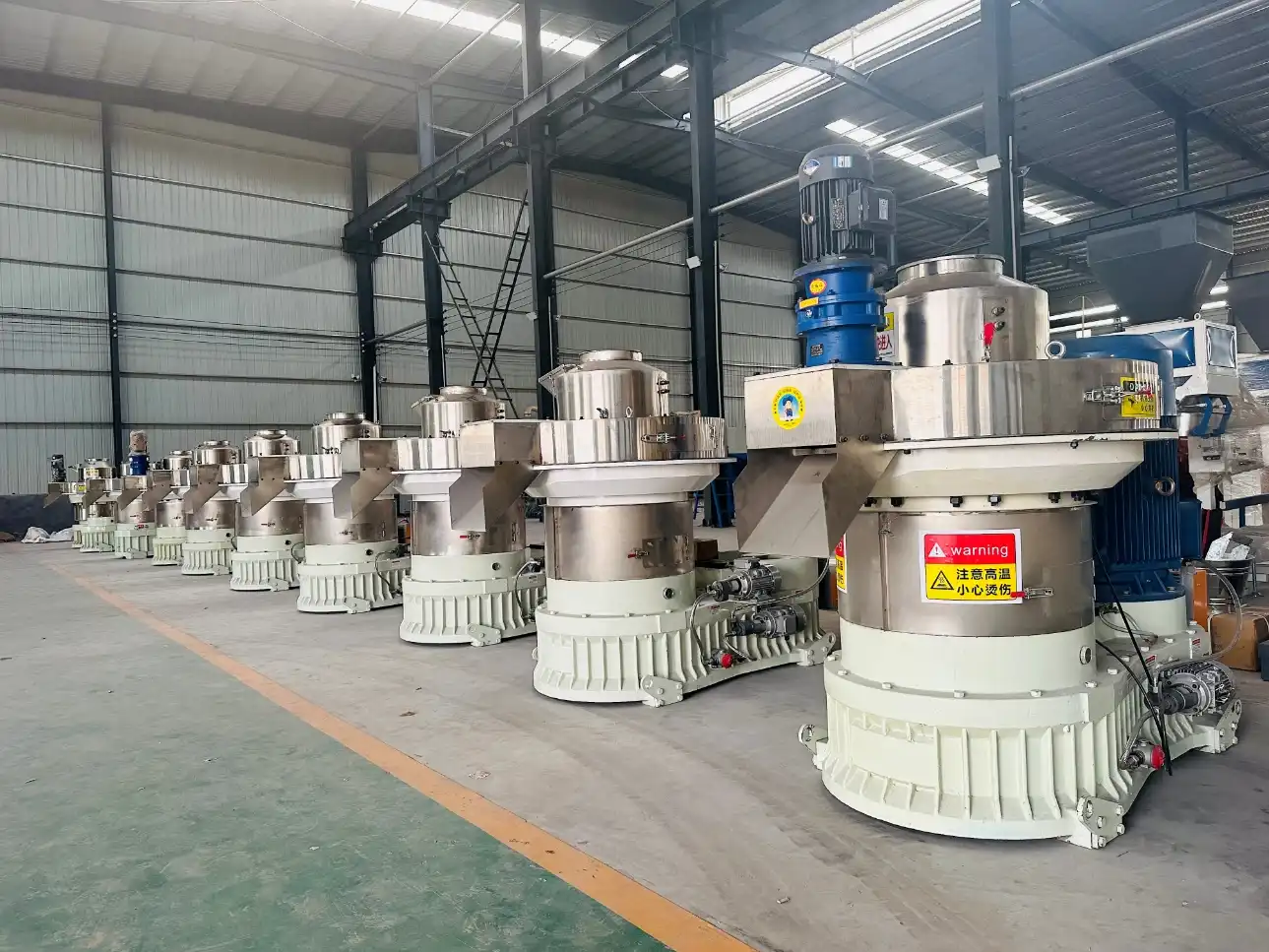
| Model | Capacity (t/h) | Motor Power (kW) | Pellet Diameter (mm) | (Weight (kg) |
| XZ-450 | 0.5-0.6T/H | 55kW | 6-12mm | 3.5T |
| XZ-470 | 0.6-1T/H | 75kW | 6-12mm | 4T |
| XZ-560 | 1-1.2T/H | 90kW | 6-12mm | 5.8T |
| XZ-580 | 1.5-1.8T/H | 110kW | 6-12mm | 5.9T |
| XZ-650 | 1.8-2T/H | 132kW | 6-12mm | 6.5T |
| XZ-700 | 2.5-2.8T/H | 160kW | 6-12mm | 7.5T |
| XZ-750 | 2.8-3T/H | 185kW | 6-12mm | 7.8T |
| XZ-850 | 3-3.5T/H | 250kW | 6-12mm | 11T |
| XZ-880 | 5T/H | 315kW | 6-12mm | 16T |
Flat die pellet machine:
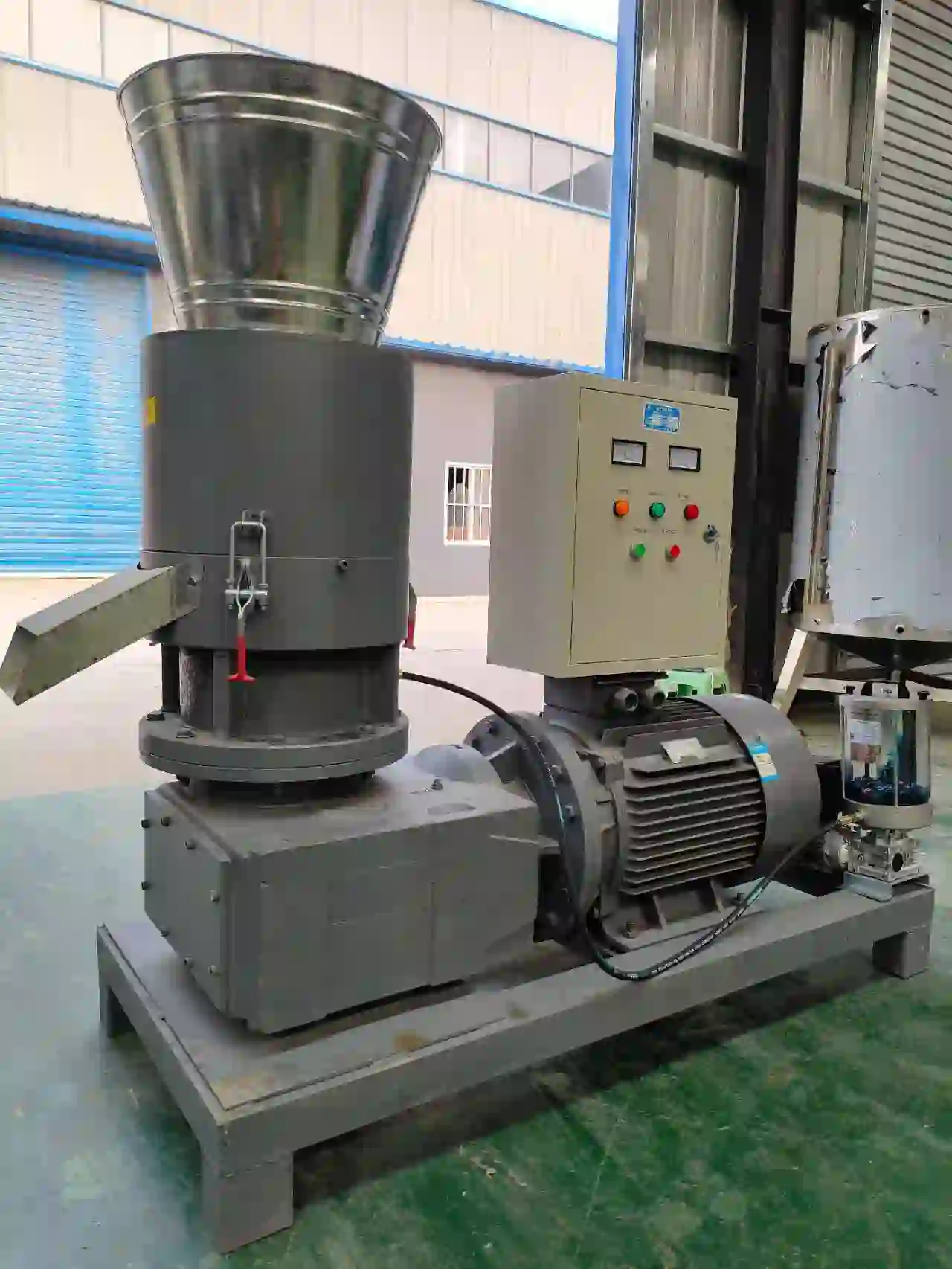
| Model | Dimensions | Power | Capacity |
| Model 200 | 1200∗400∗1100 | 7.5kw | 80−100kg/h |
| Model 250 | 1300∗500∗1250 | 15kw | 100−200kg/h |
| Model 300 | 1600∗600∗1350 | 22kw | 200−300kg/h |
| Model 400 | 1700∗700∗1450 | 30kw | 400−500kg/h |
| Model 500 | 1810∗760∗1680 | 45kw | 600−700kg/h |
| Model 600 | 1880∗850∗1750 | 55kw | 750−850kg/h |
Bagasse pellets emerge as a transformative solution when compared to loose bagasse. Direct burning of loose bagasse results in low thermal efficiency and widespread air pollution due to its high moisture content. With conversion efficiencies as low as 40% and particulate emissions exceeding 3000 mg/Nm3, disposal of unburnt carbonaceous ash compounds the challenge. Bagasse pellets, with their low moisture content and densified form, effectively address these concerns associated with direct firing of bagasse.
Moreover, bagasse pellets offer a myriad of advantages:
1. **Disposal:** Minimization of bagasse disposal issues.
2. **Handling and Storage:** Convenience in handling and storage due to their size.
3. **Consistent Quality:** Maintain a consistent quality throughout.
4. **Economic Viability:** Economic advantages over other fuel forms.
5. **Calorific Value:** High calorific value ranging between 4.5MJ/kg-18 MJ/kg.

The process of creating bagasse pellets involves several steps:
1. **Drying:** Reduce bagasse moisture to 10-12%.
2. **Crushing:** Crush dried bagasse into powder using a hammer mill.
3. **Pelletizing:** Compress the material into granules through a bagasse pellet mill.
4. **Cutting:** Cut the exposed pellets into desired lengths (6-8mm for household stoves, 8-18mm for industrial use).
5. **Cooling and Packing:** Cool the pellets and then pack them for use.
The Bagasse Pellet Machine, also known as a bagasse pellet mill or press, offers a feasible solution for small-scale production. These machines, often flat die designed, are compact, durable, and possess significant processing capacity. They empower users to convert bagasse into useful pellets for various purposes like cooking or heating, offering flexibility in usage locations due to their portable nature.



Hotsale Models of Bagasse Pellet Mill-XZ-260D(Diesel Engine Pellet Mill)
| Model | Power | Capacity | Mould Dia | Packing Size |
| XZ-260D | 35HP | 220-280 kg/h | 260mm | 1840*700*1160mm |
For instance, the XZ-260D bagasse pellet mill, driven by a diesel motor, provides independence from electricity constraints, making it usable directly in sugarcane fields. With different models available in varying capacities, choosing the most suitable one becomes an informed decision aided by expert advice upon inquiry.
In conclusion, the transformation of abandoned bagasse into bagasse pellets stands as a profitable and sustainable venture, addressing disposal concerns while providing an efficient, eco-friendly fuel alternative.
